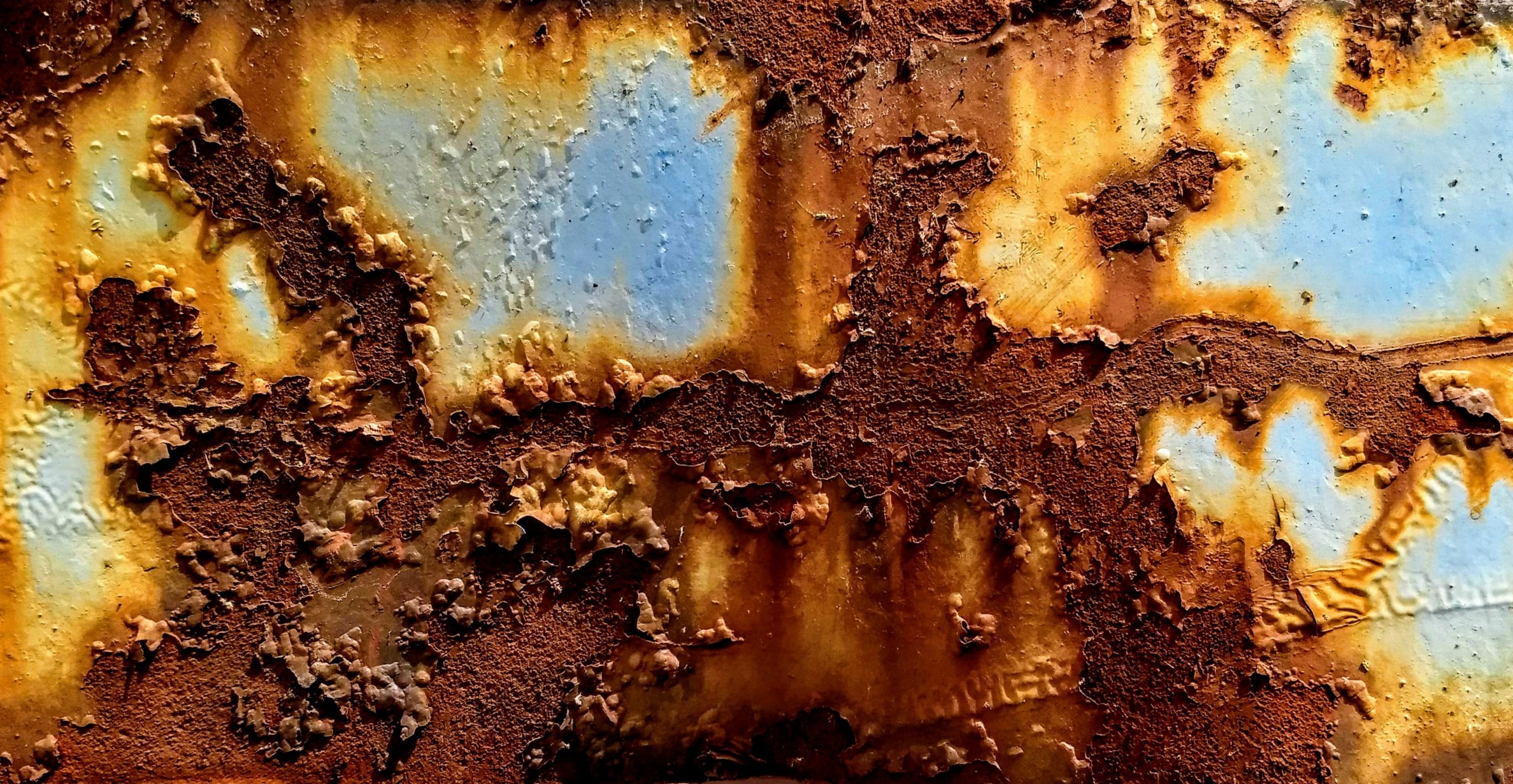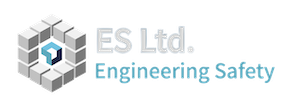Corrosion Mapping
Corrosion concerns apply to many industries, these include petrochemical to water treatment and handling. The ability to identify the presence and ultimately the severity of such material deterioration is the key to safety and prevention of operational downtime.
Ultrasonic inspection (UT) is the most reliable test method for measuring material thickness. The obtained data is therefore systematically recorded and analysed to monitor the severity of corrosion present in key components. Pipelines, pressure vessels, tanks and heat exchangers are some examples of such critical equipment.
During a corrosion mapping procedure, the material wear and the location of each measurement point is recorded and as such, an overall map of the components wall thickness can be presented over time. Corrosion Mapping enables us to provide a comprehensive overview of the change in the recorded pattern, of any form of flaw, which ultimately indicates the presence of abnormalities such as corrosion or delamination.



